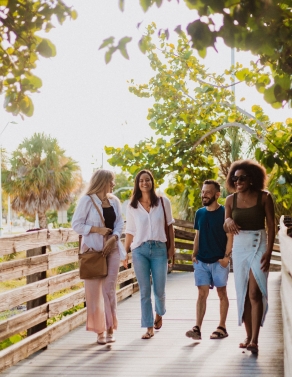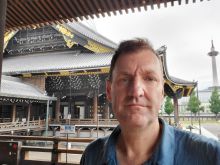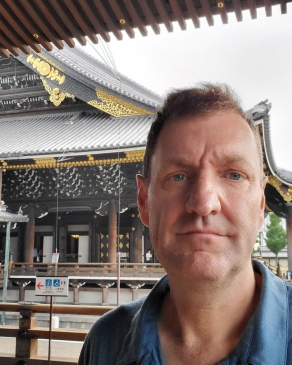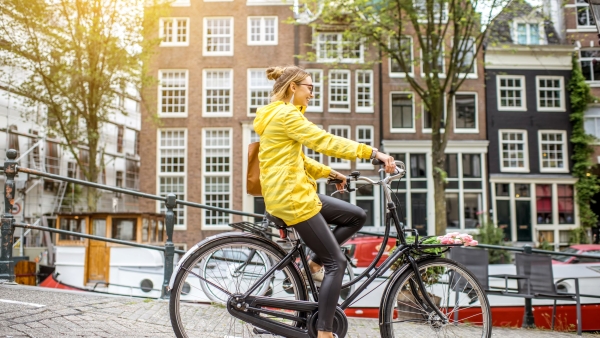Earth Day Principles
The 50th anniversary of Earth Day highlights the opportunity and critical importance of change. There is an opportunity for destinations to emerge from the current COVID-19 crisis with changes to spur a renewed focus on sustainability and stewardship.
In this second part of our two-part blog series, we summarize the four remaining priority steps for embracing these “Earth Day” principles:
5. Future-Focused Tourism Funding Models
6. Infrastructure That Builds the Future
7. Regenerative Tourism – Tourism That Gives Back
8. Placemaking – Building a Great Place to Work, Invest, Study and Visit
Clarity in a Time of Crisis: Special Edition Earth Day Webinar – Watch the presentations and review the insights, research and examples from our panel of industry experts: Destination Analysts, Colorado Tourism Office, Travel Oregon and Solimar International.
5. Future-Focused Tourism Funding Models
Managing tourism that is sustainable and generates widely shared benefits is a public good but costs money. This is the textbook definition of a cost justifying a public funding model. Right now is a pivotal moment in tourism funding. As travel has come to a halt during the COVID-19 crisis, tourism funding has collapsed for destinations relying on bed taxes, tourism improvement districts, airport and/or rental car fees. This unparalleled crisis provides an opportunity to rethink how, when and why visitors contribute to the costs generated by the industry. Seize this opportunity to review your funding, assessing options for addressing current weaknesses and creating a future-focused model. Funding that is resilient in times of crisis shares costs more equally, is an efficient, low cost way to raise funds and provides critical signals to the market on when and how to travel (e.g.: higher taxes/fees in peak season and lower taxes/fees in the off season).
Resources: A range of destinations, many in Europe, have introduced new, future-focused tourism taxes and fees including Amsterdam’s Day Tourist Tax for cruise passengers, Croatia’s peak season tourist tax, Austin, Texas’ hotel tax funding for live music and Japan’s International Tourist Tax.










